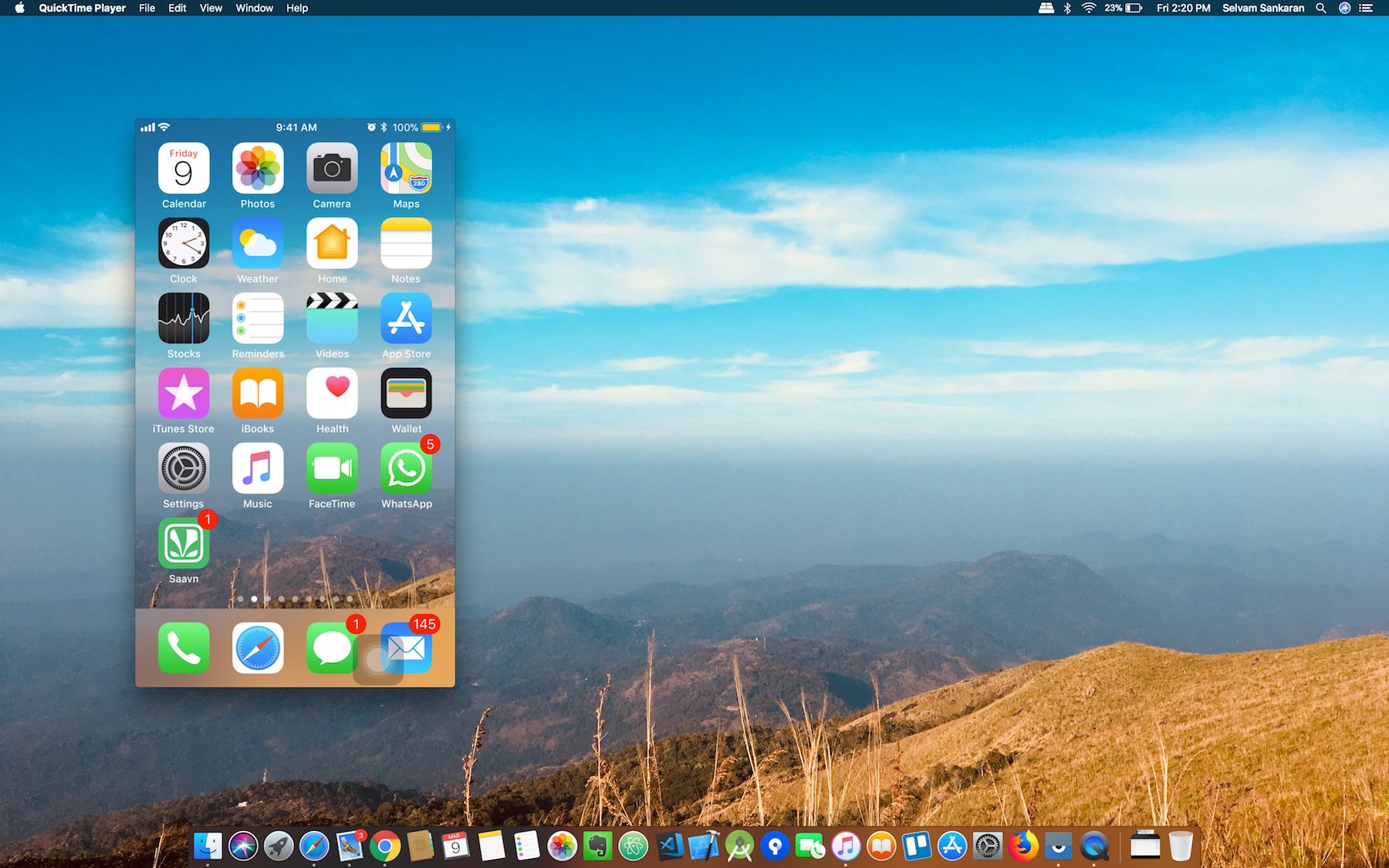Spixel (MicrobyteArts) Mac OS
Your Mac provides several tools to help you identify it. The simplest is About This Mac, available by choosing About This Mac from the Apple menu in the upper-left corner of your screen. The other is the System Information app. Learn how to use these tools to identify your Mac.
These high-impact-resistant bins are built for the most rigorous demands, and are available in solid or vented side walls and with almost unlimited options to fit. # Copyright (c) 1993-2009 Microsoft Corp. # # This is a sample HOSTS file used by Microsoft TCP/IP for Windows. # # This file contains the mappings of IP addresses to. Hm interessant, habe gerade etwas rumgegooglt, aber nichts gefunden. Habe 1-2 Videos entdeckt, die eine andere farbe zeigen, aber aus denen geht leider auch nicht hervor, wie diese gewechselt wird.
If you don’t have your Mac or it doesn’t start up, use one of these solutions instead:
- Find the serial number printed on the underside of your Mac, near the regulatory markings. It’s also on the original packaging, next to a barcode label. You can then enter that serial number on the Check Coverage page to find your model.
- The original packaging might also show an Apple part number, such as MGEM2xx/A (“xx” is a variable that differs by country or region). You can match the Apple part number to one in the list below to find your model.
List of Mac mini models
Mac mini models are organized by the year they were introduced, starting with the most recent. Click the model name for detailed technical specifications.
Mac mini models from 2014 and newer can run the latest version of macOS. For older models, the latest compatible operating system is noted.
Pixel Microbytearts Mac Os Pro
2020
Mac mini (M1, 2020)
Model Identifier: Macmini9,1
Part Numbers: MGNR3xx/A, MGNT3xx/A
Tech Specs: Mac mini (M1, 2020)
User Guide: Mac mini (M1, 2020)
2018
Mac mini (2018)
Model Identifier: Macmini8,1
Part Numbers: MRTR2xx/A, MRTT2xx/A, MXNF2xx/A, MXNG2xx/A
Tech Specs: Mac mini (2018)
User Guide: Mac mini (2018)
2014

Mac mini (Late 2014)
Model Identifier: Macmini7,1
Part Numbers: MGEM2xx/A, MGEN2xx/A, MGEQ2xx/A
Tech Specs: Mac mini (Late 2014)
User Guide: Mac mini (Late 2014)
2012
Mac mini (Late 2012)
Model Identifier: Macmini6,1; Macmini6,2
Part Numbers: MD387xx/A; MD388xx/A, MD389xx/A
Newest compatible operating system: macOS Catalina 10.15.7
Tech Specs: Mac mini (Late 2012)
User Guide: Mac mini (Late 2012)
2011
Mac mini (Mid 2011)
Model Identifier: Macmini5,1; Macmini5,2
Part Numbers: MC815xx/A; MC816xx/A, MC936xx/A
Newest compatible operating system: macOS High Sierra 10.13.6
Tech Specs: Mac mini (Mid 2011)
User Guide: Mac mini (Mid 2011)
2010
Mac mini (Mid 2010)
Model Identifier: Macmini4,1
Part Numbers: MC438xx/A, MC270xx/A
Newest compatible operating system: macOS High Sierra 10.13.6
Tech Specs: Mac mini (Mid 2010)
2009
Mac mini (Late 2009)
Model Identifier: Macmini3,1
Part Numbers: MC238xx/A, MC239xx/A, MC408xx/A
Newest compatible operating system: OS X El Capitan 10.11.6
Tech Specs: Mac mini (Late 2009)
Mac mini (Early 2009)
Model Identifier: Macmini3,1
Part Numbers: MB464xx/A, MB463xx/A
Newest compatible operating system: OS X El Capitan 10.11.6
Tech Specs: Mac mini (Early 2009)
Its easier then ever to get started with micropython developement on Mac OS X. This howto assumes that the user is starting from zero. Lets get started.
Mac OS X comes with Python 2.7. We will need Python 3 for our developement tools. Viisit python.org and download Python 3.7 64 bit for mac os x.

Once the download is complete open the package to install Python. Follow the instructions in the installer to complete the installation.
OS X doesn’t include a driver for the USB to serial chip used on the NodeMCU board. Click the link below to download the driver.
Next, unzip the download. Open the folder and double click on the “.dmg” file. Run the installer and follow the instructions.
Mac Os Mojave
The first tool we’ll install is a command line tool for programming ESP8266 and ESP32 based boards. You can use this tool to write the micropython firmware to the NodeMCU.
To install esptool you’ll need to open the Terminal.app. Its located in the Applications -> Utilities folder. In terminal type the following:
> pip3 install esptool
Our primary tool for micropython development will be uPyCraft. Click on the link below to down uPyCraft.
Open the zip file and copy uPyCraft to the Applications folder.
Now visit the Micropython website and download the firmware for the ESP8266. The link below will take you to the download page.
Liet’s write the firmware to the ESP8266. We will do this using esptool. Open terminal.app. You will need to switch to the directory where you downloaded the bin file. For me its the Downloads folder. Be sure only one NodeMCU is connected to your Mac. In terminal type the following:
> cd ~/Downloads
> esptool erase_flash
> esptool write_flash esp8266-20191220-v1.12.bin
Mac Os Download
Conclusion
That’s all there is to it. You now have everything you need to develop in micropython on the Mac.